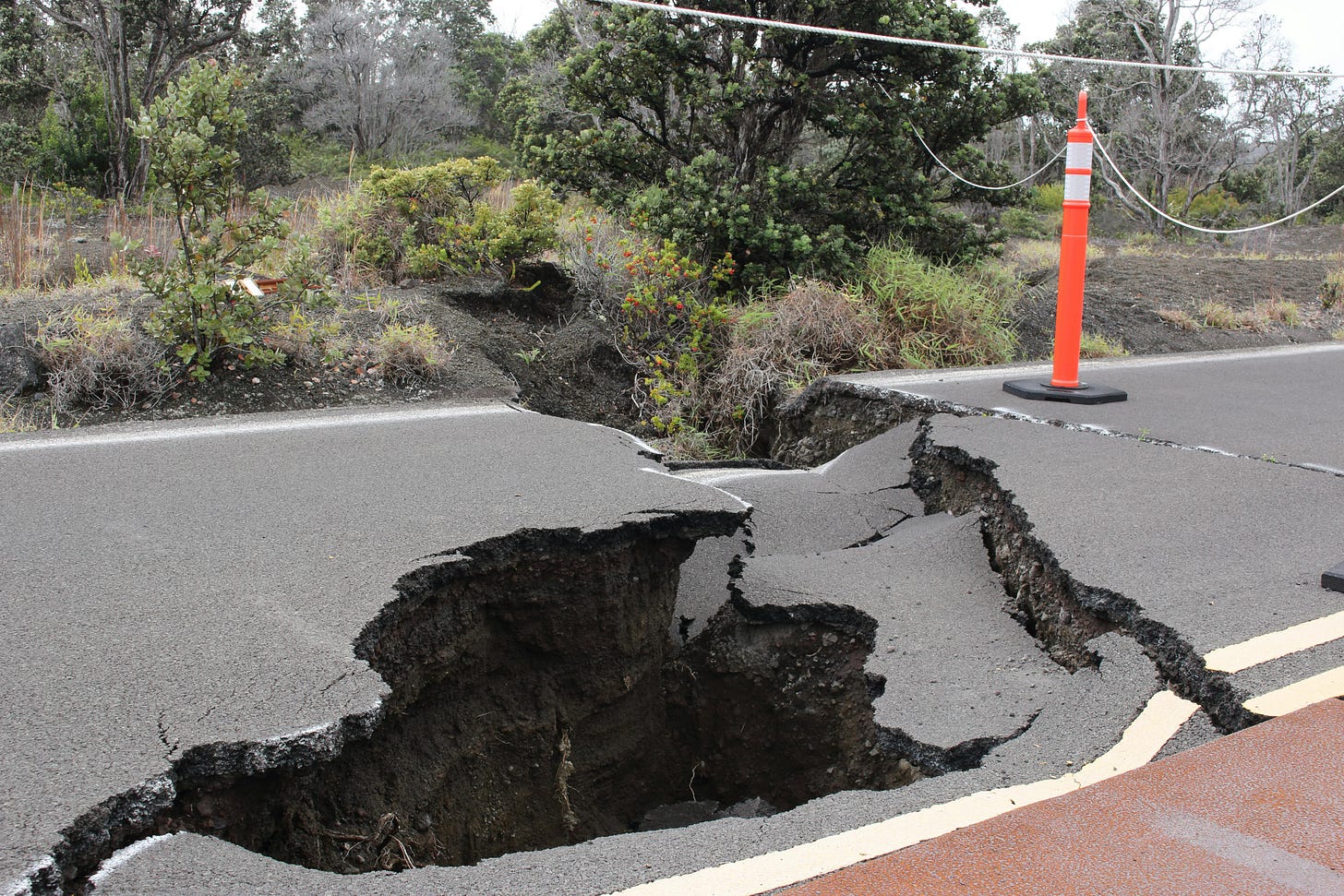
Cao Xianqing had been head of the Earthquake office in Yingkou county, part of Liaoning province in North-Eastern China, for just over four months. Having come late to education, first learning to read and write as a soldier in the People’s Liberation Army, Cao was not your typical earthquake prediction expert. What he excelled at though was organisation. After the region experienced a magnitude 5.2 quake in December of 1974, Cao set about organising a communication network, a transport team, a rescue team and earthquake offices in all the communes of Yingkou county. He started stockpiling winter clothing, bedding and food in preparation for a bigger quake.
After a series of false alarms in late December and early January, the region was hit by a series of small quakes in the first days of February 1975. Farmers in the region also began reporting changes in groundwater colour and levels, as well as strange animal behaviour including “frogs and snakes frozen on the roads”, “rats that appeared drunk”, as well as the more unimaginative “neighing of horses, and geese which frequently took flight”.
In the early hours of the morning of the 4th February, a small magnitude 5.1 earthquake rumbled through Liaoning province causing some minor damage to buildings but nothing more serious. Cao snapped into action calling a meeting of the (Communist) Party Committee of Yingkou County at which he insisted there would be a large earthquake later in the day. Taking his enthusiastic remonstrations at face value, the committee ordered an immediate evacuation of all the communes in Yingkou county. Similar evacuation orders were relayed to other counties in the Liaoning province. Many people heeded the message and took refuge outside, away from buildings. Special showings of open-air movies were hastily organised in order to tempt reluctant citizens out of their homes on the cold winter’s evening.
At 19:46, the big one – a magnitude 7.5 quake, with an epicentre on the border of Yingkou and neighbouring Haicheng county – struck. Bridges collapsed, pipelines ruptured, and buildings toppled. Had no action been taken it has been estimated that such a quake might have been expected to leave 150,000 of the region’s one million-strong population dead in its wake. Yet, over the following days, when the dust had settled, just over 2000 bodies were pulled from the rubble. The rapidly implemented evacuation had saved tens of thousands of lives. This near-miraculous feat was quickly trumpeted by the Communist Party as evidence of China’s ability to predict earthquakes.
The claim was very much at odds with the well-established consensus in the geological community that major earthquakes cannot be predicted. The United States Geological Survey (USGS), for example, even go so far as to state on their website “Neither the USGS nor any other scientists have ever predicted a major earthquake.” Had the Chinese cracked the earthquake prediction problem and come up with a reliable method to accurately predict the location, timing and magnitude of earthquakes? Sadly, it seems the answer was no.
Some of the apparent omens of the 4th February earthquake could easily be explained as coincidence. The changes in the levels and colour of groundwater were directly attributable to a local irrigation programme. If you’re going to raise the alarm every time horses neigh or geese take flight, then you are going to have a lot of false alarms. Indeed, the multiple false alarms in December and January (some of them instigated by Cao himself) are suggestive of the law of truly large numbers at work. If you make enough predictions about the timings of earthquakes, some of them will likely come true, but even more of them won’t. Foreshocks might have been considered a reliable indicator of a potential earthquake, but there are as many big quakes which are not preceded by foreshocks as ones that are. There are even more instances of lower-magnitude shocks which might be considered foreshocks, but that they are never followed up by a bigger



